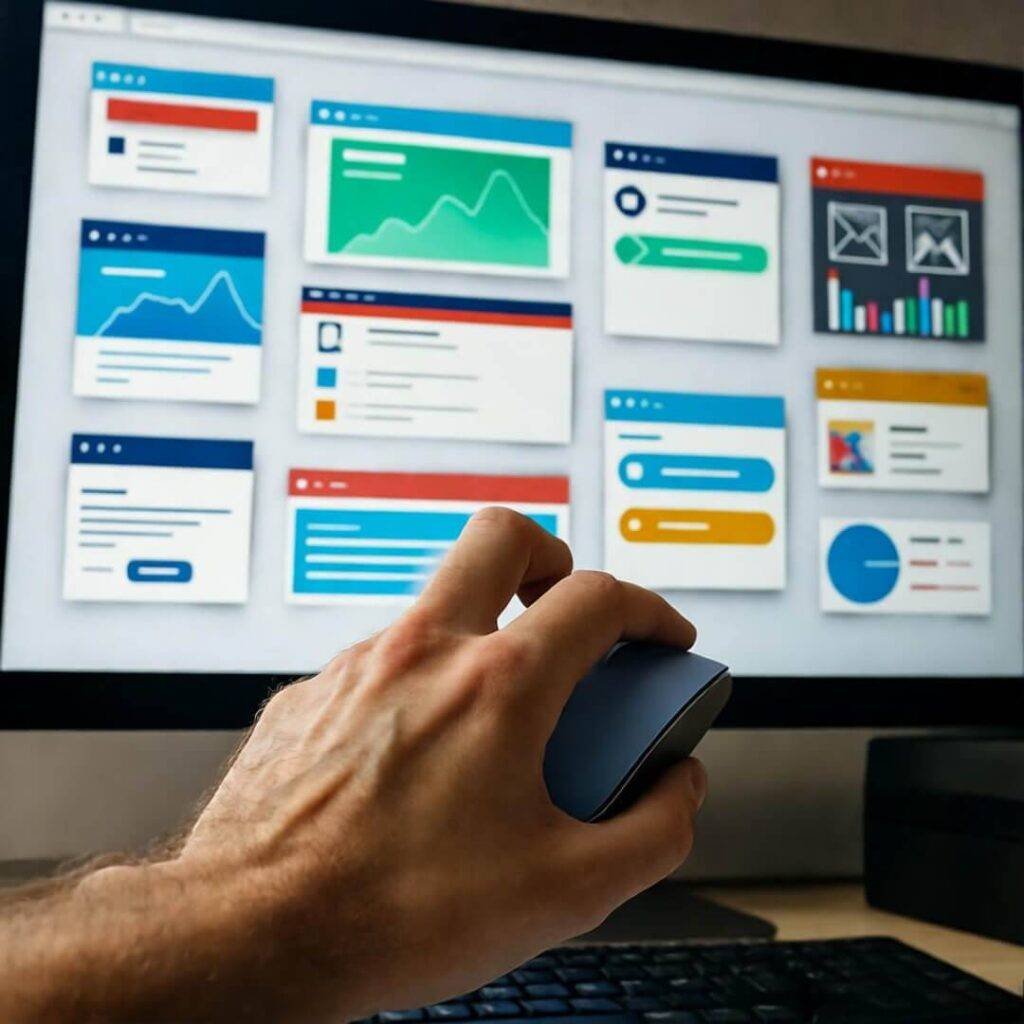Okay, enough setup. Let’s ramble. I’m sitting here in my cramped Pike Place-adjacent walk-up, rain pattering on the window like impatient keystrokes, nursing a black coffee that’s gone cold because, seriously, who has time to sip when web development trends 2025 are unfolding like this fever dream? I mean, I started coding back in ’18, fumbling through Bootstrap like a drunk toddler, and now? Now it’s all AI whispering sweet nothings in my ear, and I’m equal parts pumped and paranoid I’ll get replaced by some bot that doesn’t spill Red Bull on its circuits.
Why These Web Development Trends 2025 Are Hitting Me Where It Hurts (And Excites)
Look, web development trends 2025 aren’t just buzz— they’re the reason I woke up at 3 a.m. last Tuesday, heart racing, convinced my side hustle portfolio site’s gonna look like a flip phone in a VR world. From my foggy-brained American lens, staring at the Space Needle lights flickering like loading spinners, it’s raw: exhilarating but flawed, like that time I deployed a React app that crashed mid-client demo, leaving me mumbling excuses while my face burned hotter than a server overload.
AI in Web Development: My Love-Hate That’s Straight-Up Messy
AI’s the big kahuna in web development trends 2025, no cap. It’s everywhere—generating code snippets faster than I can chug this Americano, optimizing UIs like some psychic designer.
- Pro tip from my screw-up: Start small—use AI for boilerplate, not the soul of your app. Check out WP Engine’s deep dive on AI trends for real-talk integration tips. It’s got me rethinking my workflow, seriously.
- Personal low: I once let AI “design” a landing page; it made the buttons neon pink on a black background—cool in theory, blinding in practice. Eye strain city, population: me.

Anyway, the future web dev trends lean heavy on AI-assisted tools, per the Stack Overflow survey—Python’s surging for back-end AI magic. But here’s my contradiction: I love the speed, hate the black-box vibe. Feels like cheating on my dev diary, you know?
PWAs 2025: Turning Apps Into Offline Superheroes, Kinda
Progressive Web Apps? PWAs 2025 are dominating web development trends 2025 because, duh, who wants laggy loads when you can have app-like vibes without the App Store drama? I’m all in—last week, I rebuilt my recipe blog as a PWA while scarfing leftover pad thai from the fridge, rain drumming like applause. It works offline now, which saved my butt during that statewide outage; I edited posts on the ferry to Bainbridge, feeling like a tech wizard instead of a drowned rat.
But let’s be real, my first PWA attempt? Disaster. I forgot service workers, and it flopped harder than my attempt at making sourdough during lockdown—sour, yeah, but not in a good way. Now, though? Tools like Workbox make it dummy-proof.
- Quick wins from my trial-and-error: Cache aggressively for media, test on low-end devices (my ancient Pixel helped expose that). Digital Silk nails why PWAs crush it for e-comm.
- Embarrassing aside: Pushed a live PWA with a bug that pinned my notifications to “Buy more coffee”—spam city, apologies to my 12 subscribers.

These future web dev trends like PWAs aren’t perfect; they’re glitchy promises, but man, in a world of flaky WiFi (shoutout, Pacific Northwest), they’re my chaotic lifeline.
WebAssembly and Headless CMS: Speed Demons I Barely Tamed
WebAssembly trends in web development trends 2025? Wasm’s cranking performance to 11, running C++ in browsers like it’s no biggie. I dabbled building a game prototype—think Snake but with crypto twists—and it flew smoother than my ex’s ghosting texts. But onboarding? Steep curve; I rage-quit twice, slamming my laptop shut while yelling at the seagulls outside.
Headless CMS 2025 pairs perfect, decoupling front from back for that Jamstack flex. Switched my blog to Contentful mid-summer; content updates sans redeploys? Chef’s kiss. Except when APIs hiccup—lost a whole post draft once, cried into my IPA at a Fremont brewery.
From GeeksforGeeks, Wasm and Jamstack are non-negotiable for scalable sites. My take? Empowering, but I contradict myself—love the power, fear the overkill for simple sites.
- My flawed hacks: Use Rust for Wasm entry points if JS feels too squishy; pair with Sanity for headless sanity (pun intended).
- Digression: This one’s got me eyeing AR/VR interfaces from X chatter—web dev blending realities? Wild, but my headset nausea says slow your roll.
Sustainable Web Design 2025: Green Coding or Greenwashing Guilt?
Ah, sustainable web design 2025 in these web development trends 2025—it’s the eco-warrior I pretend to be while my carbon footprint’s a landfill. Optimizing for low energy? Critical, especially after I audited my site and found it guzzling more juice than my microwave popcorn binges. Swapped heavy libs for lighter ones; load times dropped, guilt eased a tad.
But honestly? It’s contradictory—pushing dark modes and efficient code feels noble, yet I’m still flying to conferences (looking at you, future CES). TheeDigital’s trends report calls out green design as non-optional. DevSecOps weaves in security without the bloat, too.

Tips from my half-assed efforts: Lazy-load everything, audit with Lighthouse religiously. Mistake? Ignored it once; site slowed to a crawl during a heatwave—ironic, right?
Wrapping This Ramble: Web Development Trends 2025, My Messy North Star
Whew, from AI whispers to PWA persistence, these web development trends 2025 have me spinning like a bad CSS animation—thrilled, terrified, totally human. Back in my desk chair, coffee finally warm again, I see it: the future web dev trends aren’t polished utopias; they’re our flawed experiments, full of bugs and breakthroughs. I botched half these implementations, learned from the wreckage, and hey, my portfolio’s alive because of it.


